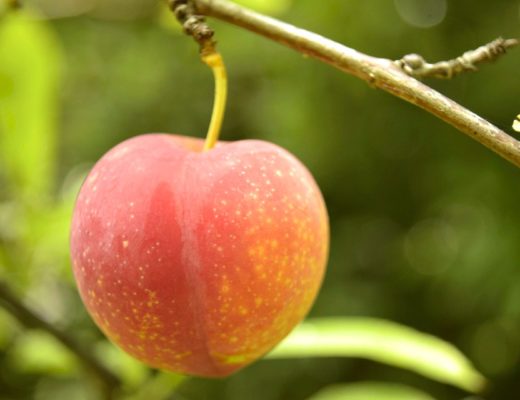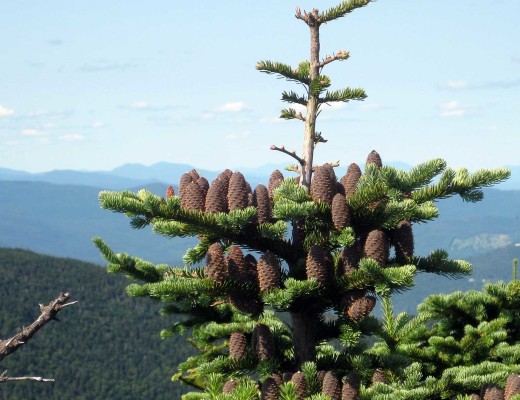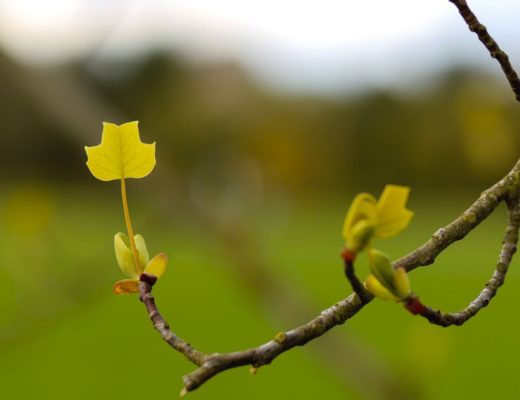Pyrus communis x P. pyrifolia
The Kieffer pear tree is said to be an accidental hybrid, a cross of the Sand Pear and Bartlett. It was first cultivated on the farm of Peter Kieffer in Philadelphia in the 1860s. So how did the Kieffer pear come to be? Peter Kieffer planted a seed from a Sand pear tree, and it was pollinated by a nearby Bartlett pear tree. The effortless product that came grew in popularity for its mixed characteristics, resembling that of a pear and an apple.
Kieffer pears are large and golden yellow with a coarse, white flesh (drier than Orient Pear) and musky aroma. They are very hardy, tolerating both drought and floods (hardiness zones 4-9). The tree blooms small, white flowers in the spring and has dark glossy leaves. Similar to other pear trees the Kieffer is self-fertile, but for optimal results planting a second pear tree is beneficial. It is fast growing, so it won’t be long before you can enjoy the fruit under the shade of its canopy. Kieffer pear trees reach up to 20 feet at maturity.
What is your favorite pear variety? Let us know below!
Missed last week’s Tree of the Week? Catch up on it here.





I have grown Kieffer Pears from seeds given to me and they are now about 8 yrs old. I live in Quebec Canada in zone 3 with very cold winters and lots of snow.
Do these trees have a sweet smell when they bloom?
How has the fruit yield been for you?
I have grafted Keiffer scions onto native wild pears and decorative Bradford pears with great results. They both blossom at the same time and the cross pollination encourages copious yields.